Unlocking the Secrets of Visual Learners: Tips and Strategies
11 February 2025
Have you ever found yourself doodling during a lecture, or perhaps organizing notes into colorful charts and diagrams? If so, you might just be a visual learner! In a world where we all process information differently, visual learners thrive on imagery, color, and structure. But what exactly does it mean to be a visual learner? More importantly, how can educators, parents, and students themselves unlock the potential of this unique learning style?
In this article, we're going to dive deep into the minds of visual learners. We’ll break down the characteristics of visual learning, explore why it’s so effective, and share practical tips and strategies for maximizing this powerful learning style. Ready to discover how to unlock the secrets of visual learners? Let’s get started!
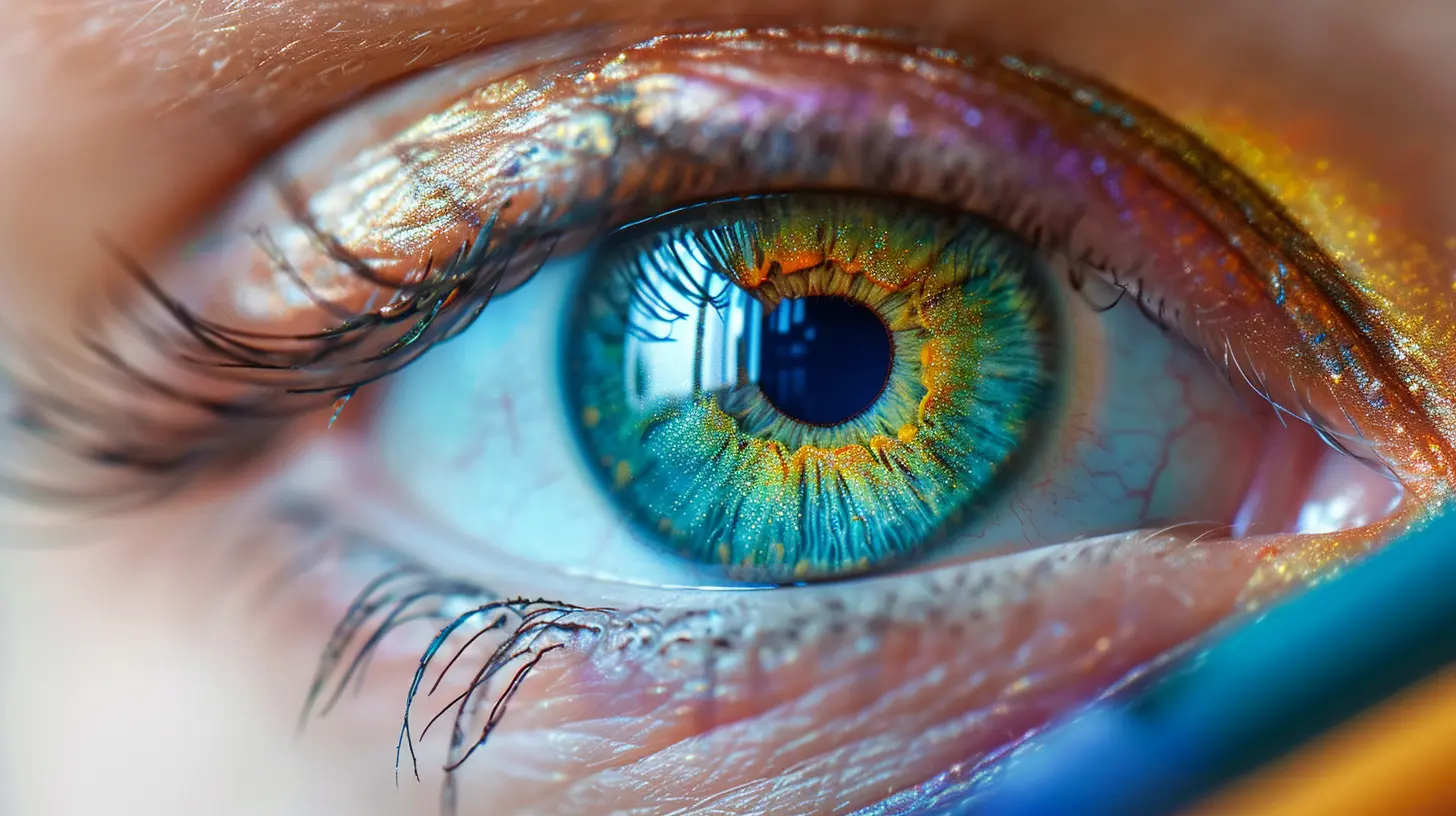
What Is a Visual Learner?
First things first: what exactly is a visual learner?A visual learner is someone who absorbs and retains information most effectively when it is presented in a visual format. This could be through diagrams, charts, pictures, graphs, or even videos. Instead of relying heavily on spoken or written instructions, visual learners make sense of the world by seeing it.
For a visual learner, a picture really is worth a thousand words! In fact, they might struggle with long verbal explanations, preferring to see concepts laid out in front of them as images or symbols. These learners often excel in subjects that can be visually represented, such as geometry, geography, or art, but they can struggle in areas where information is more abstract or auditory, like math equations or literature analysis.
Key Characteristics of Visual Learners
How can you tell if you or someone you know is a visual learner? Here are some telltale signs:- Visual Recall: Visual learners remember what they see much better than what they hear. They can often recall information by picturing it in their minds.
- Preference for Diagrams and Charts: They often gravitate toward diagrams, charts, and maps to explain or understand concepts.
- Color-Coding: Visual learners love color! They often use highlighters, color-coding systems, or sticky notes to organize information.
- Doodling: These learners might doodle in the margins of their notes, not because they're bored, but because it helps them process information.
- Spatial Awareness: They tend to have a good sense of spatial relationships—understanding how things fit together visually.
If any of these traits sound familiar, chances are you (or someone you know) might be a visual learner.
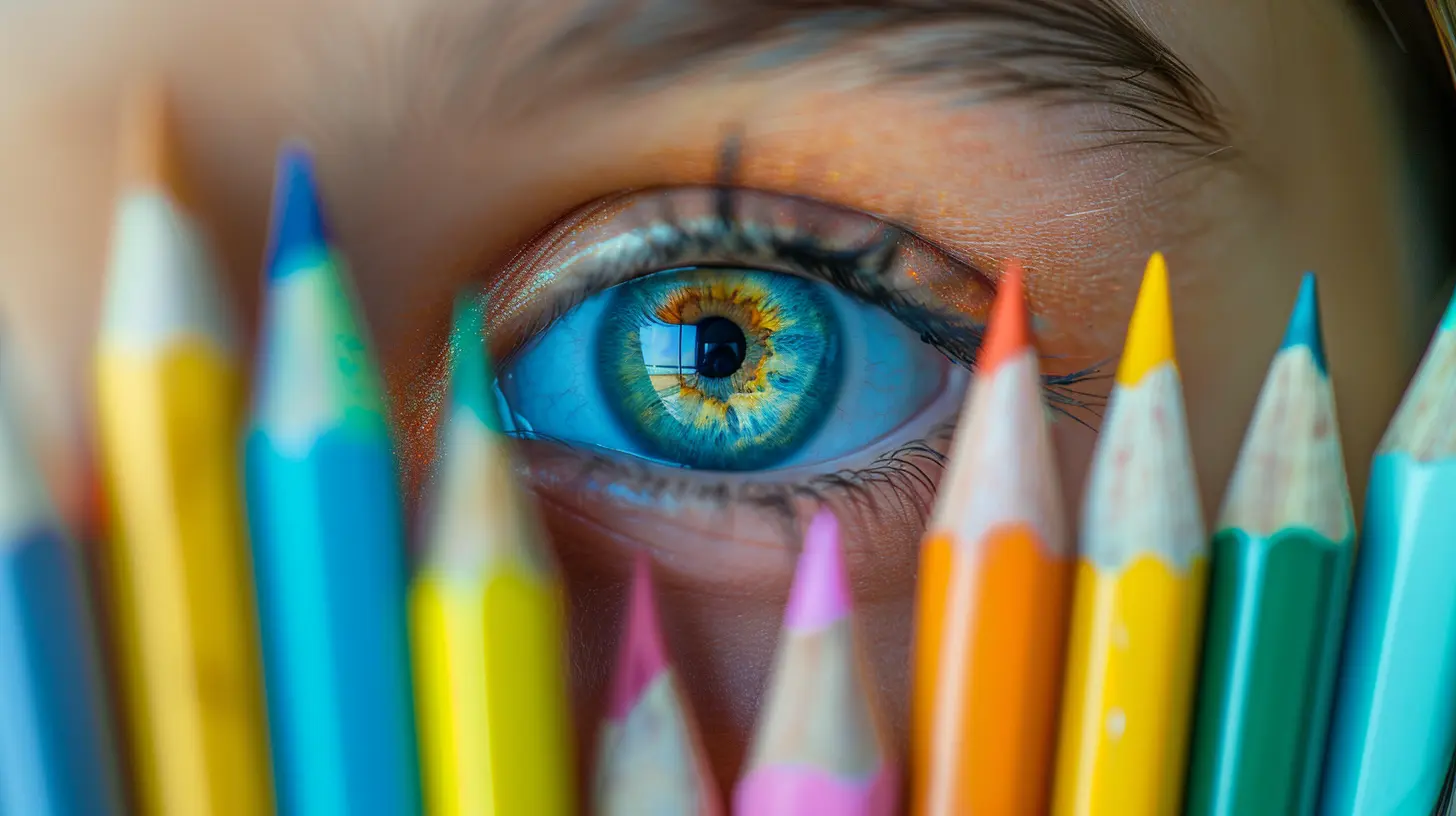
Why Visual Learning Works
So, what's so special about visual learning? Why does this particular style resonate so well with some people?Simply put, the brain is wired to process visual information. In fact, 90% of the information transmitted to the brain is visual, and our brains process visuals 60,000 times faster than text. That’s a staggering statistic!
Visual learners tap into this natural processing ability by relying on visuals to make quick and lasting connections between ideas. When we see something, it creates a mental image that we can store and retrieve later. This makes learning not only faster but also more engaging and meaningful.
Think about it: Would you rather read a long, detailed description of how to set up a tent, or would you prefer a step-by-step diagram? Visuals make abstract ideas concrete, which is especially useful for learners who need to "see it to believe it."
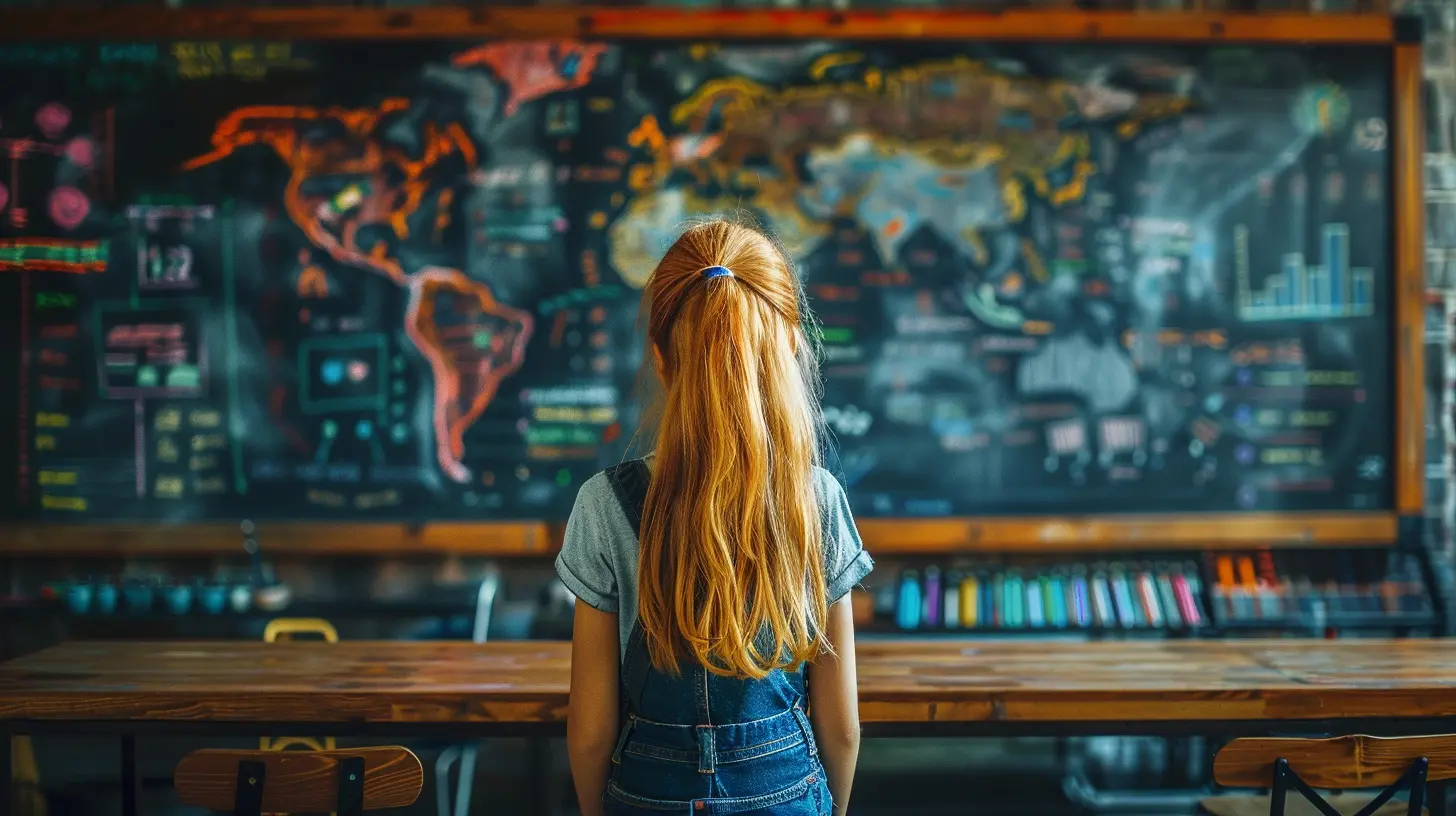
Tips and Strategies for Visual Learners
Now that we’ve explored what visual learning is and why it works, let’s get to the meat and potatoes of this article—how can visual learners optimize their study habits and learning environments to reach their full potential?Here are some actionable tips and strategies tailored specifically for visual learners:
1. Use Color to Your Advantage
Visual learners thrive on color, so it’s time to break out the highlighters, colored pens, and sticky notes! When taking notes or studying, use different colors to categorize and organize information. For example, you could use:- Green for definitions
- Blue for important dates
- Red for key concepts
This color-coding technique helps you visually separate different types of information, making it easier to recall later. Plus, it adds a splash of creativity to your learning process!
2. Mind Maps and Diagrams
If you’re a visual learner, chances are you love structure and organization. One of the best ways to break down complex information is through mind maps or diagrams. These visual tools allow you to organize ideas in a way that makes sense to you.For example, if you’re studying for a history exam, you can create a timeline of events using different colors and shapes to represent key moments. Or, if you’re learning a new concept in science, sketch out a flowchart to show how different processes are interconnected.
This approach is much more effective than simply reading through a textbook and trying to absorb all the information at once.
3. Flashcards with Images
Flashcards are a classic study tool, but for visual learners, they can be even more powerful when paired with imagery. Instead of just writing terms and definitions, add a visual element—such as a small sketch or printed image—that corresponds to the concept.For example, if you’re learning about the solar system, you could draw small planets on one side of the card and list their characteristics on the other. This visual cue will help you associate the image with the information, making it easier to remember during exams.
4. Watch Videos and Tutorials
Reading textbooks can sometimes feel like a slog for visual learners. Luckily, we live in an age where educational videos and tutorials are just a click away!Platforms like YouTube, Khan Academy, and even online courses are filled with visual content that breaks down complex topics into easily digestible chunks. Watching videos allows you to see concepts in action, which can be much more effective than simply reading about them.
5. Create Study Posters
Why keep all your study notes locked away in a notebook when you can turn your room into a learning hub? For visual learners, creating large, colorful study posters can be a game-changer. These posters can include diagrams, charts, timelines, or even just key terms and definitions.Hang them up in your study space so that whenever you look around, you’re passively reinforcing those concepts. It’s like giving your brain a daily refresher without even realizing it!
6. Take Breaks to Visualize
When studying, it’s important to take regular breaks to give your brain a chance to process the information. But for visual learners, these breaks can also serve as an opportunity to mentally review what you’ve learned.Here’s a technique you can try: Close your eyes and visualize a concept or diagram you’ve just studied. Can you picture it clearly? Can you recall the key points? This mental rehearsal helps solidify the visual information in your memory, making it easier to recall later.
7. Use Apps and Tools for Visual Learning
There are tons of apps and tools that cater specifically to visual learners. For example, tools like Trello or Evernote allow you to organize information visually using boards, lists, and images. Similarly, apps like Coggle or MindMeister help you create mind maps digitally, giving you a structured way to break down complex information.Experiment with different tools to see which ones align with your learning style. You might be surprised at how much more efficient and enjoyable studying becomes!
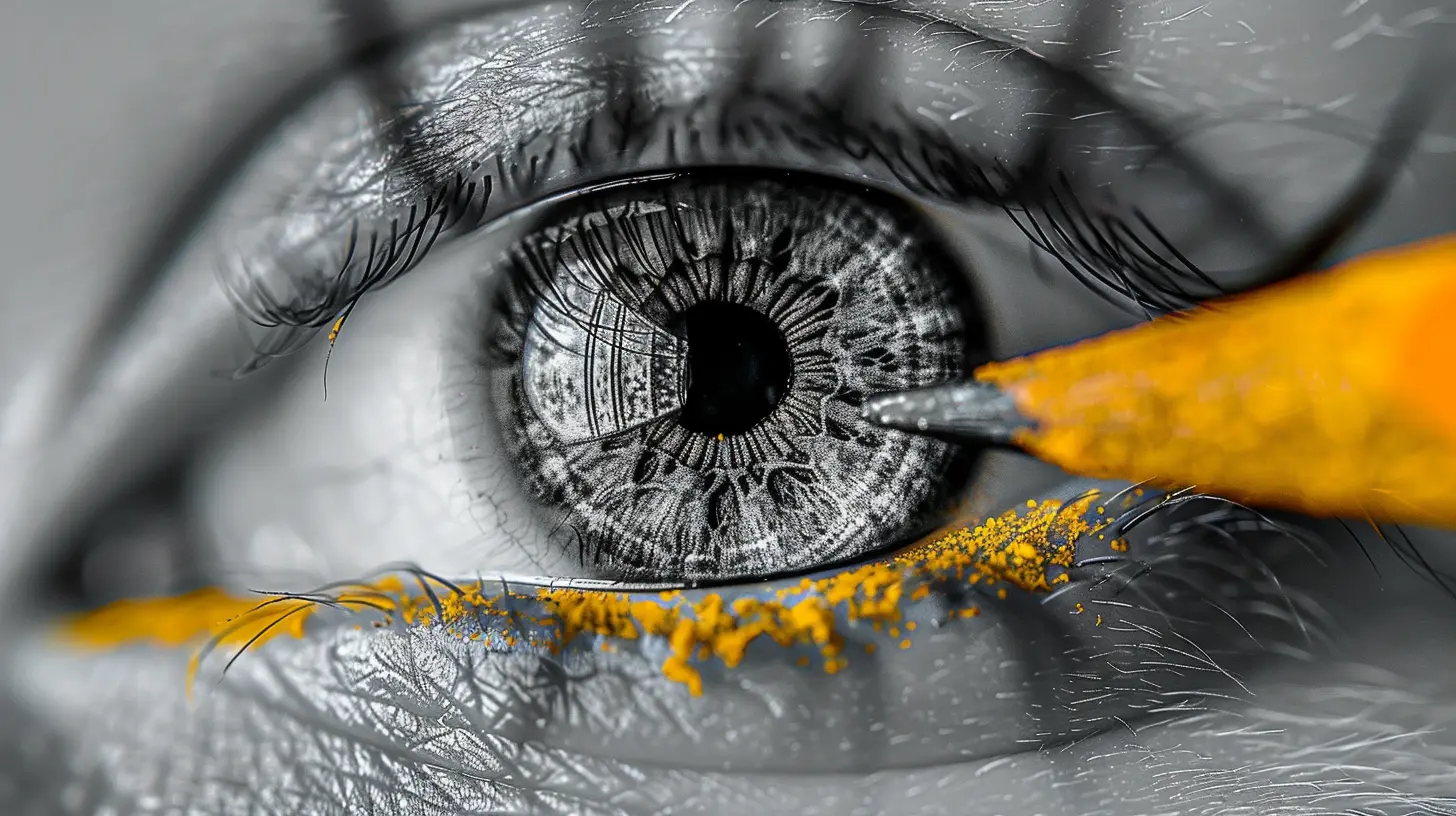
How Teachers Can Support Visual Learners
Understanding how to support visual learners is just as important for teachers and educators as it is for the learners themselves. Here are some ways that teachers can create a more visual-friendly learning environment:1. Incorporate Visual Aids
Teachers can enhance their lessons by integrating visual aids like slideshows, charts, videos, and diagrams. Instead of relying solely on verbal explanations, using visuals can help reinforce key concepts for visual learners.2. Use Whiteboards and Projectors
Visual learners benefit from seeing ideas written out in real-time. Using a whiteboard or projector to illustrate key points or create flowcharts can cater to visual learners without alienating other types of learners.3. Encourage Visual Note-Taking
Allow students to take notes in the way that works best for them, whether that’s through doodling, sketching diagrams, or color-coding their notes. Encouraging creativity in note-taking can help visual learners stay engaged and retain the information better.4. Assign Creative Projects
For visual learners, projects that involve creating posters, presentations, or visual reports can be much more effective than writing a traditional essay. Assigning these types of projects allows students to showcase their learning in a way that plays to their strengths.Conclusion
Visual learners have a unique and powerful way of processing information. By tapping into their natural affinity for imagery, structure, and color, they can unlock their full learning potential. Whether you're a student, parent, or educator, understanding and supporting the visual learning style can lead to more effective and enjoyable learning experiences.From using mind maps and color-coding systems to watching educational videos and creating study posters, the strategies are endless. The key is finding the methods that resonate most with your brain’s natural preferences. So, if you're a visual learner, don’t be afraid to embrace your love for visuals—after all, seeing really is believing!
all images in this post were generated using AI tools
Category:
Learning StylesAuthor:

Olivia Lewis
Discussion
rate this article
18 comments
Darius Stewart
Thank you for sharing these insightful strategies for engaging visual learners! The emphasis on utilizing visuals in education is essential for enhancing understanding and retention. I appreciate the practical tips that can easily be implemented to support diverse learning styles in the classroom.
April 6, 2025 at 2:34 AM

Olivia Lewis
Thank you for your thoughtful comment! I'm glad you found the strategies valuable for supporting visual learners in the classroom.
Ranger McClary
Excited to explore how visual strategies can enhance learning! What unique techniques have you found?
March 1, 2025 at 9:13 PM

Olivia Lewis
I'm glad you're excited! Some unique techniques include incorporating mind maps, using color-coded notes, and integrating infographics to convey complex information visually. These methods cater to visual learners and can enhance engagement and retention.
Juliet McHugh
Visual learners: the only folks who think PowerPoint is a thrilling rollercoaster ride! Let's unlock those secrets—safety goggles optional!" 🎢👓
February 25, 2025 at 5:27 AM

Olivia Lewis
Absolutely! PowerPoint can be an exciting journey for visual learners when designed with engaging visuals and storytelling. Let's dive into those tips!
Lexi Maddox
Empower minds: Visual strategies ignite success!
February 24, 2025 at 4:42 AM

Olivia Lewis
Thank you! Visual strategies truly can transform learning and drive success for visual learners.
Zevran McCabe
Understanding visual learners is key to effective teaching. By incorporating diverse visual aids and interactive elements, we can engage their unique learning styles and foster deeper understanding.
February 22, 2025 at 1:51 PM

Olivia Lewis
Thank you for your insightful comment! I completely agree—utilizing diverse visual aids and interactivity is essential for engaging visual learners and enhancing their understanding.
Cassidy Cross
Visual learners unite! Let’s paint our way to learning success with these tips!
February 22, 2025 at 3:34 AM

Olivia Lewis
Absolutely! Visual learners thrive on creativity. Let’s harness that energy to enhance our learning journey together!
Samantha Jordan
Visual learners thrive on imagery and structure, so let's illuminate their path! Incorporating diagrams, color-coded notes, and interactive visuals can transform dull information into engaging experiences. Remember, when teaching these learners, a picture isn’t just worth a thousand words—it’s the key to unlocking their true potential!
February 21, 2025 at 9:01 PM

Olivia Lewis
Absolutely! Visual aids like diagrams and color-coded notes can significantly enhance learning for visual learners, making information more engaging and accessible. Great insights!
Ford Jennings
Unlocking the secrets of visual learners is like finding a treasure map! With colorful tips and eye-catching strategies, we can turn learning into a vibrant adventure. Let’s paint our educational journey with creativity and fun—who’s ready to explore?
February 21, 2025 at 1:09 PM

Olivia Lewis
Absolutely! Embracing creativity and vibrant strategies can make learning an exciting adventure for visual learners. Let's embark on this colorful journey together!
Caelum Carter
This article offers valuable insights into understanding visual learners. The practical tips and strategies presented are easy to implement and can significantly enhance engagement and learning outcomes for this unique group. Great resource!
February 21, 2025 at 6:02 AM

Olivia Lewis
Thank you for your kind words! I'm glad you found the tips helpful for engaging visual learners. Your feedback is greatly appreciated!
Spike Marks
Absolutely loved this article! 🌟 It's inspiring to see such practical tips for engaging visual learners. Unlocking their potential can truly transform the learning experience. Can't wait to implement these strategies in the classroom! 🎉📚
February 20, 2025 at 12:29 PM

Olivia Lewis
Thank you so much! I'm thrilled you found the tips inspiring and can’t wait to hear how they work in your classroom! 🌟📚
Lisa McPhail
Great insights! Visual learning strategies significantly enhance understanding and retention. Practical tips make it easy to implement!
February 19, 2025 at 8:40 PM

Olivia Lewis
Thank you! I’m glad you found the insights helpful and practical for enhancing visual learning.
Ronan McCallum
Ah, yes! Because who needs words when we can just color-code our way to success?
February 19, 2025 at 11:32 AM

Olivia Lewis
Absolutely! Visual tools can enhance understanding and retention, making learning more engaging and effective.
Morrow McRae
Great tips for engaging visual learners! Practical strategies make learning enjoyable.
February 19, 2025 at 4:00 AM

Olivia Lewis
Thank you! I'm glad you found the tips helpful. Engaging visual learners can truly enhance their learning experience!
Layne Brooks
Visual aids enhance understanding; integrate them for effective learning outcomes.
February 16, 2025 at 9:54 PM

Olivia Lewis
Absolutely! Visual aids are essential for engaging visual learners and can significantly improve comprehension and retention. Thank you for highlighting their importance!
Courtney McLain
This article effectively highlights essential strategies for engaging visual learners, offering practical tips that can enhance understanding and retention of information. Great insights!
February 15, 2025 at 1:43 PM

Olivia Lewis
Thank you! I'm glad you found the strategies helpful for engaging visual learners. Your feedback is greatly appreciated!
Dana McClain
Great insights! Visual strategies truly enhance learning.
February 14, 2025 at 8:31 PM

Olivia Lewis
Thank you! I'm glad you found the insights valuable. Visual strategies can make a significant difference in learning!
Karson McInerney
Visual learners aren’t just daydreamers; they’re the future! Let’s get them the tools they need to shine brighter than ever.
February 13, 2025 at 3:34 AM

Olivia Lewis
Absolutely! Empowering visual learners with the right tools is key to unlocking their potential and enhancing their futures. Let's champion their growth!
Cassandra Heath
This article provides valuable insights into the unique needs of visual learners, highlighting practical strategies that educators can implement to enhance engagement and retention. A must-read for effective teaching methodologies!
February 12, 2025 at 1:04 PM

Olivia Lewis
Thank you for your kind words! I'm glad you found the article helpful in supporting visual learners. Your feedback motivates me to continue sharing effective teaching strategies!
MORE POSTS

Integrating Art Across the Curriculum: A Holistic Approach to Learning
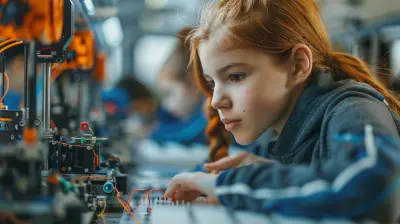
How 3D Printing is Enhancing Hands-On STEM Education

The Best Techniques for Memorizing Long Lists of Information

The Benefits of Teaching Others in Your Lifelong Learning Journey

Learning Beyond the Classroom: Skills You Can Pick Up Anytime
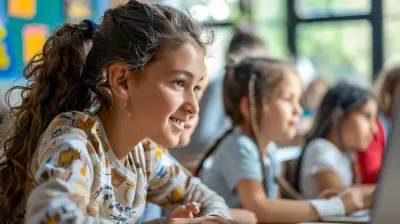
Top Learning Management Systems for Teachers"

How to Use Learning Objectives to Create Effective Digital Learning Resources

The Role of Concept Mapping in Test Preparation
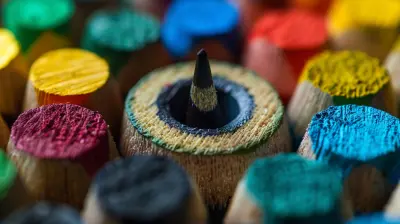
The Importance of Learning Objectives in Course Design

The Benefits of Sensory Play for Early Development
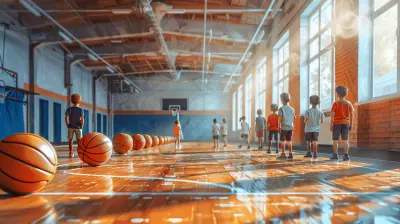
How to Foster Lifelong Fitness Enthusiasm in Your Students